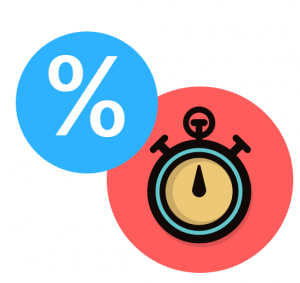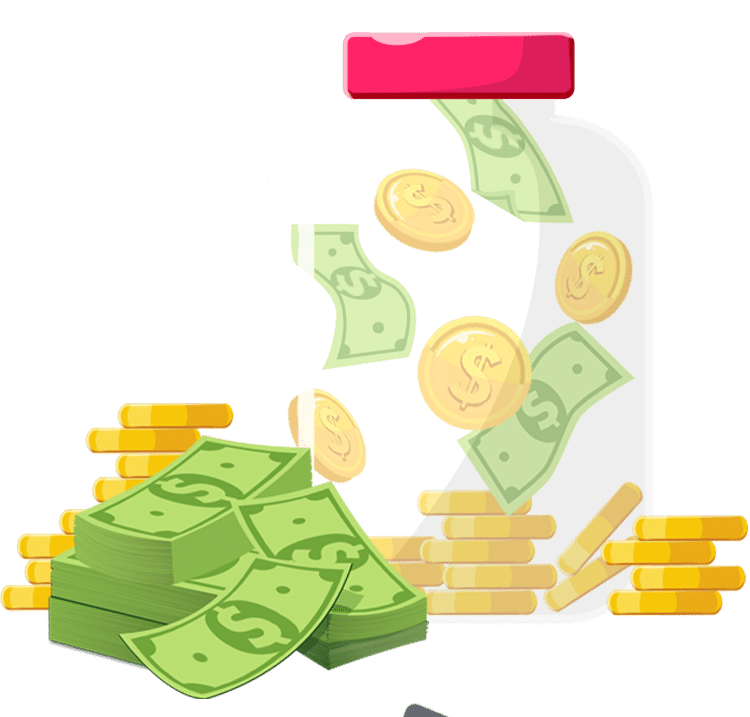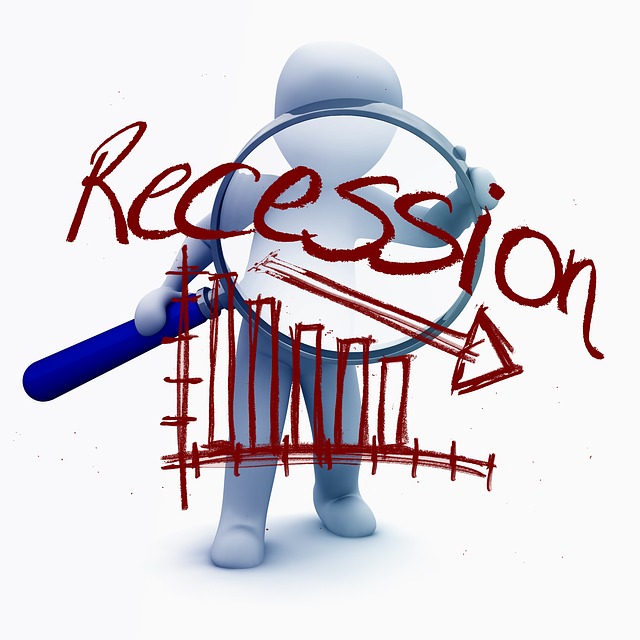The idea behind insurance is that there are random bad – and expensive – things that happen to just about anyone. Car crashes, medical emergencies, and other problems that can destroy your personal saving and investing plans if they happen. To protect against this, insurance companies work to pool the resources of many people together in one group.
A price ceiling is a government-mandated limit on the price that can be charged for a given product, such as a utility or electricity. The intended purpose of a price ceiling is to protect the consumers from conditions that would make a vital product from being financially unattainable for consumers.
An oligopoly is characterized by a small number of sellers who dominate an entire market. All of the firms who partake in an oligopoly are considered to be very large in terms of profit, size and client base.
Monopoly, in economic terms, is used to refer to a specific company or individual has a large enough control of a particular product or service that allows them to influence it’s price or certain characteristics.
Monopolistic Competition is characterized as a form of imperfect competition, which exist when there are many sellers of a good or service but the products do not contain noticeable differences. There are several forms of imperfect competition, of which Monopolistic Competition is one.
Money supply is the total amount of money available in an economy at any particular point in time. Money is required for both consumers and businesses to make purchases. Money is defined as currency in circulation and demand deposits (funds held in bank accounts.)
Economists define elasticity as the ratio of the percent change in one variable to the percent change in another valuable. Its purpose is to measure how one variable responds to changes in another variable.
Depreciation refers to the gradual and permanent decrease in value of the assets (referred to as a depreciatable asset) of a firm, nation or individual over its lifetime.
The consumer price index (CPI) is simply an indicator of changes in prices of goods and services experienced by consumers in a given country over time.
Stagflation is high inflation and high unemployment are occurring simultaneously.
Hyperinflation refers to out of control or extremely rapid inflation, where prices increase so quickly that the concept of real inflation becomes meaningless. The classical definition of hyperinflation is inflation greater than 50% per month.
Market Risk, aka Systemic Risk, which is a measure of how much of a loss an investor is facing while trading.
Though investors often do not analyze it, most do realize there is risk inherent in investing. Never take on more risk than you are able to lose
Most traders do not learn about stock trading Risk Management until it is too late, and they experiences losses of varying degrees. Insurance, options, and other tools exist – learn to use them!
A Sole Proprietorship is the simplest, oldest, and most common form of business ownership in which only one individual acquires all the benefits and risks of running an enterprise.
Retained Earnings is calculated by adding the net income to (or subtracting it from) the beginning retained earnings and then subtracting the dividends that were paid to shareholders.
The total amount that the federal government has borrowed including internal debt (borrowed from national creditors) and external debt (borrowed from foreign creditors).
Stock prices are a direct result of supply and demand. All the other influences like debt, balance sheets, earnings and so on affect the desirability of owning (or selling) a stock. This article details why supply and demand create changes in stock prices, and what a drop in price means in terms of supply and demand.
Decreasing the long-run average and marginal costs that come from an increase in the size of a factory or plant. Economics of scale can be from the inner workings of an organization. This would include the lower cost from adding technology and better organization.
Stock market prices are affected by business fundamentals, company and world events, human psychology, and much more. This article will further explain some of these contributing factors.
The Cash Flow Statement is one of the four financial statements required by the SEC based on the U.S. GAAP (Generally Accepted Accounting Principles). This statement presents where the cash and its equivalents are coming from and where they are being allocated.
Recession is generally described as a slowdown of economic growth over a sustained period of time.
Delta is also called the hedge ratio, which is the ratio of the change in price of an option to the change in price of the underlying stock.





















